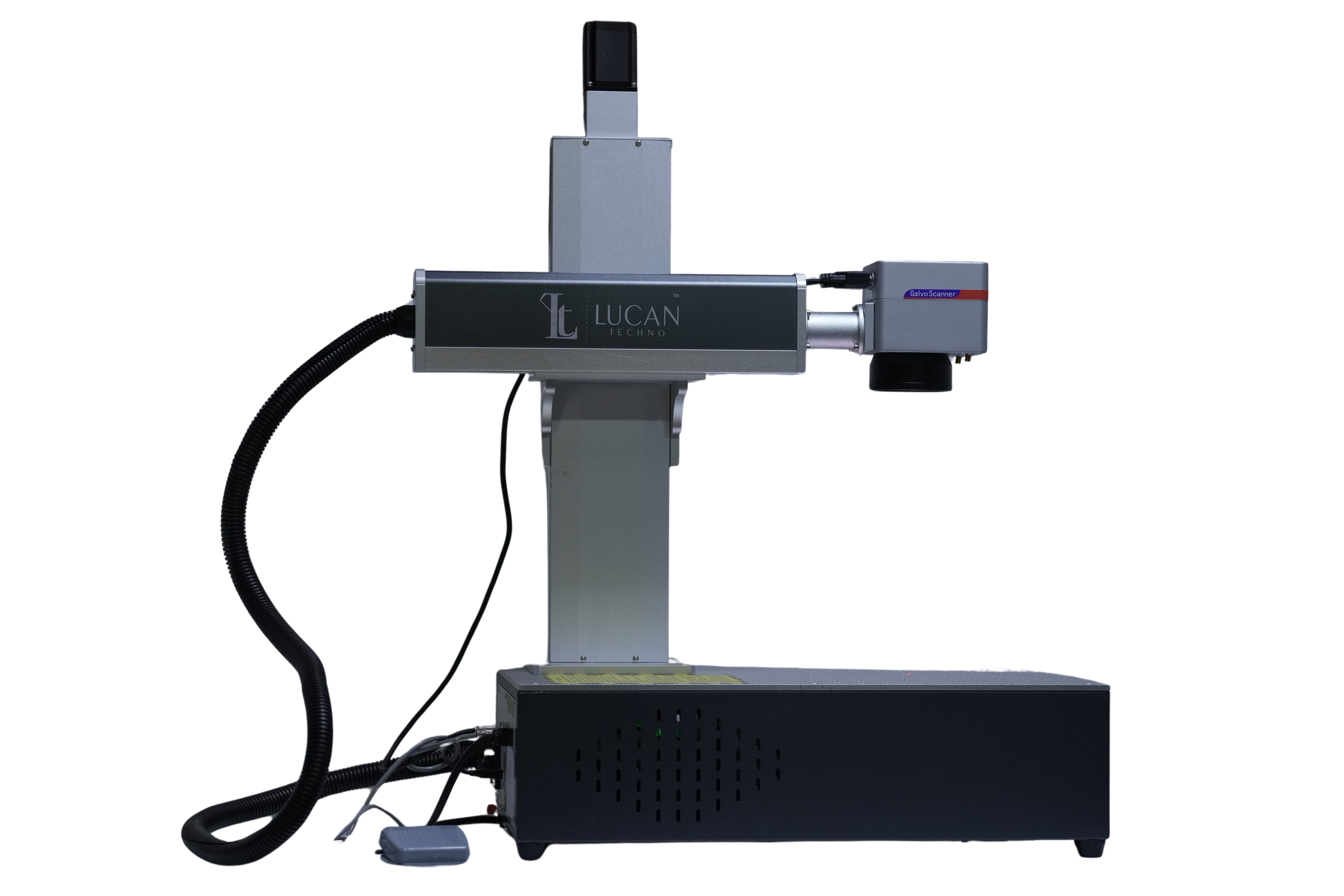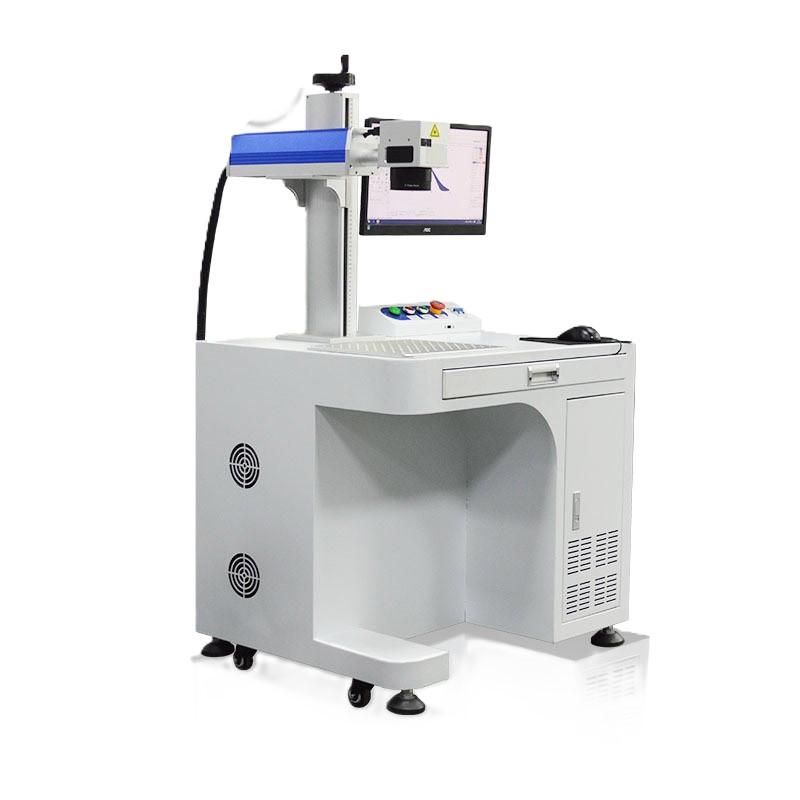Description
Product details
Content Ideas 1. Laser Conversion Process: Explain how IR (Infrared) lasers can be converted to green lasers using frequency doubling techniques. 2. Applications: Discuss the applications of green lasers in various fields such as medicine, industry, and entertainment. 3. Technical Specifications: Outline the technical specifications and parameters of IR to green laser conversion, including wavelength, power output, and efficiency. 4. Benefits and Challenges: Highlight the benefits of green lasers, such as visibility and precision, and discuss the challenges in converting IR lasers to green lasers. Plagiarism Removal Strategies 1. Original Research: Include unique findings or insights about the IR to green laser conversion process. 2. Proper Citation: Cite relevant scientific studies, research papers, and technical documentation. 3. Paraphrasing: Rephrase information in your own words to maintain originality. 4. Technical Accuracy: Ensure precise technical details and specifications. Content Structure 1. Introduction: Introduce the concept of IR to green laser conversion and its significance. 2. Technical Overview: Explain the process of frequency doubling and the technical aspects of IR to green laser conversion. 3. Applications and Benefits: Discuss the applications and benefits of green lasers in various fields. 4. Conclusion: Summarize the key points and future prospects of IR to green laser technology. Tools for Assistance 1. Plagiarism Detection Tools: Use software like Turnitin, Grammarly, or Quetext to ensure originality. 2. Technical Writing Guides: Follow industry standards for technical writing to maintain clarity and precision. 3. Content Optimization: Utilize tools like Hemingway Editor to improve readability and clarity. By focusing on original content and proper citation, you can create valuable resources about IR to green laser technology.






